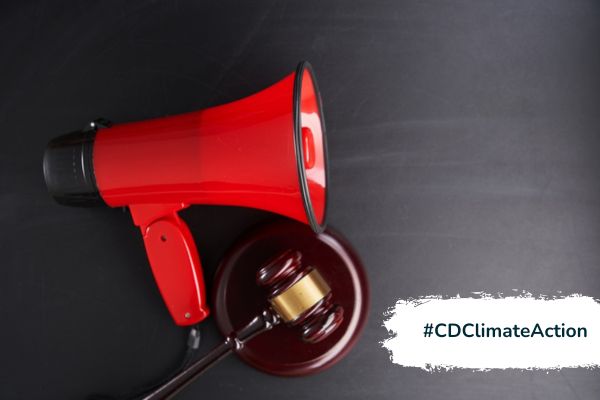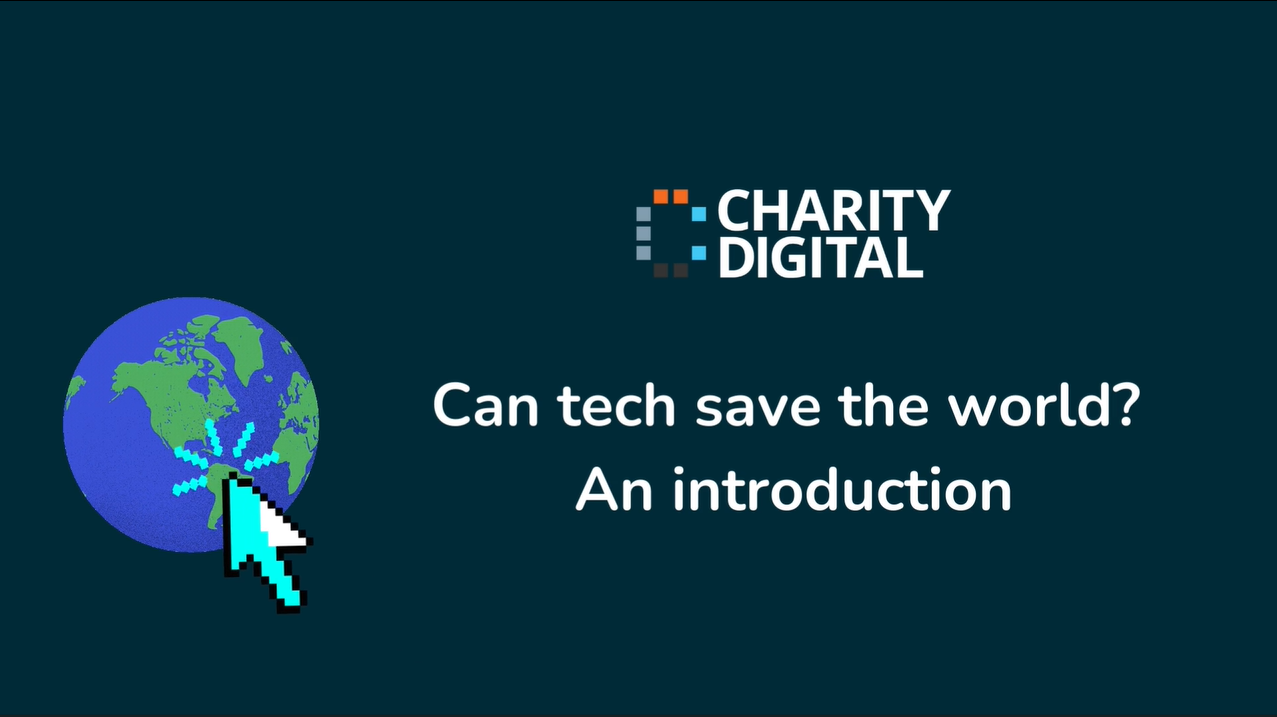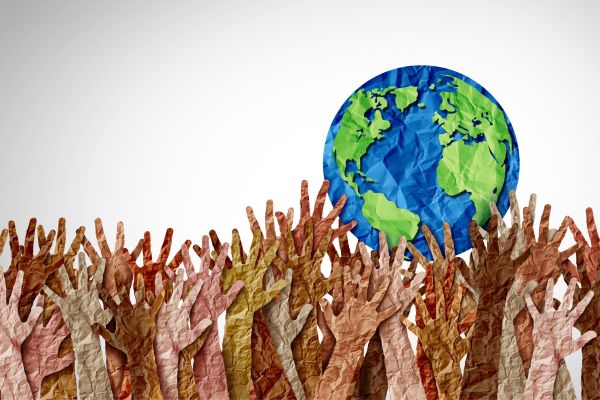Insights
INSIGHTS
All Topics
My Account
Celebrating sustainable charities
23 Oct 2023by Christine Chiu
We look at some charities that are championing sustainability and offer some lessons that other charities can take from their efforts
Efforts towards greater sustainability are a must for every industry. While many charities are taking time to reflect, we showcase some of the best projects we’ve seen in the sector.
The lesson here. You don’t have to be a sustainability focused charity to make a big impact.
Tackling waste, a little at a time
There are many charities focused on reducing human impact. Participating in the circular economy is critical. Computers4Charity retrofits computers and laptops for donation and sale.
Each item they save is diverted from the landfill and into the hands of other charities, schools, and individuals looking to save.
From an organisational perspective, the charity has a clear alignment with IT Asset Disposition, UN Sustainable Development Goals, and carbon dioxide reductions.
Reuse Network is another big name in the recycling world. Unlike charities that retrofit or perform a service, Reuse Network acts like a broker. They accept donations and connect those needing things. They hone in on larger items for homes and offices.
Donors can give carpets, office furniture, appliances and more. There’s a map showing what’s available. We like Reuse Network because of its focus on community. The ‘Friends of Reuse Network’ is all about coming together on values.
Spreading the word and amplifying the UK’s voice
While few politicians are outright climate deniers, at least in the UK, the voice of conservation still needs to be overwhelming. Charities are doing an excellent job of shouting about the importance of their work.
Strong voices lobbying Parliament are The Climate Coalition and the UK Youth Climate Coalition. Together, they work to lobby MPs and parties to implement change.
Speaking to The Guardian, Sarah McArthur, an organiser for the UK Youth Climate Coalition, says: “The generations-long promise of a better tomorrow has been broken by our leaders, and we refuse to sit aside and wait to inherit an unequal world ravaged by climate disaster. We are finding hope by organising together to define our collective future.”
The impact is real.
What we love about these charities is their online mobilisation. In 2015, the #ShowtheLove campaign launched and was backed by Stephen Fry and other celebrities. Because of the strong viral following, Prime Minister David Cameron, Deputy Prime Minister Nick Clegg, and Ed Miliband pledged to work across parties on climate change.
Tech means charities can reach out
Charities are using tech in innovative ways. While we’ve gone over the much touted Charity:water’s AI and immersive story-telling abilities, other charities are seeing efficiencies too.
Five UK charities in particular are notable for their cutting-edge digital communications. Showcased in an earlier piece, WaterAid, Children’s Society, Greenpeace, Mermaids, Battersea all communicate online. How they do it is exemplary.
For Children’s Society, spoofing and humour online has worked well. Other strategies, for Battersea, means notifying donors that their sponsored cats and dogs have been rehomed.
Community charities doing more with tech advances
Being sustainable also means doing more for your beneficiaries. This is especially true for those working within the community.
Guide Dogs for the Blind Association provides an invaluable companion for some of the most vulnerable in society. They are using tech to not only improve their return on investment, but to extend the working lives and happiness of their beneficiaries. As part of their digital transformation, the association decided to use video and AI to predict the possibility of puppies progressing into fully fledged guide dogs.
Ray Brooks, CTO for the charity says: “A guide dog costs £50,000 over the course of its lifetime so if we extend its working life by a year, that’s a great return on investment.”
For them, using advanced tech means they are able to dedicate resources to dogs which will eventually help the blind.
Artificial intelligence for good
Charities are also using AI to learn and conserve species.
Wildlife Insights is a joint-venture between WWF, ZSL, and Google. Their purpose is clear: “We are creating a community where anyone can explore data from projects around the world and leverage data at scale to influence policy. Wildlife Insights provides the tools and technology to connect wildlife ‘big data’ to decision makers.”
The technology is truly innovative. The platform allows anyone to upload photos. AI then identifies the animal species. The best part is for researchers. Those who have set up wildlife camera traps can process all those images and identify which animals have been photographed. Without it, this process would take agonisingly long.
More on this topic
10 Mar 2025by Kellie Smith
A guide to social media PR
27 Feb 2025by Laura Stanley
Charity Spotlight: Dr Anton Mari Lim, President, Yellow Boat of Hope Foundation
Recommended Products
Related Videos
Our Events
Charity Digital Academy
Our courses aim, in just three hours, to enhance soft skills and hard skills, boost your knowledge of finance and artificial intelligence, and supercharge your digital capabilities. Check out some of the incredible options by clicking here.
























